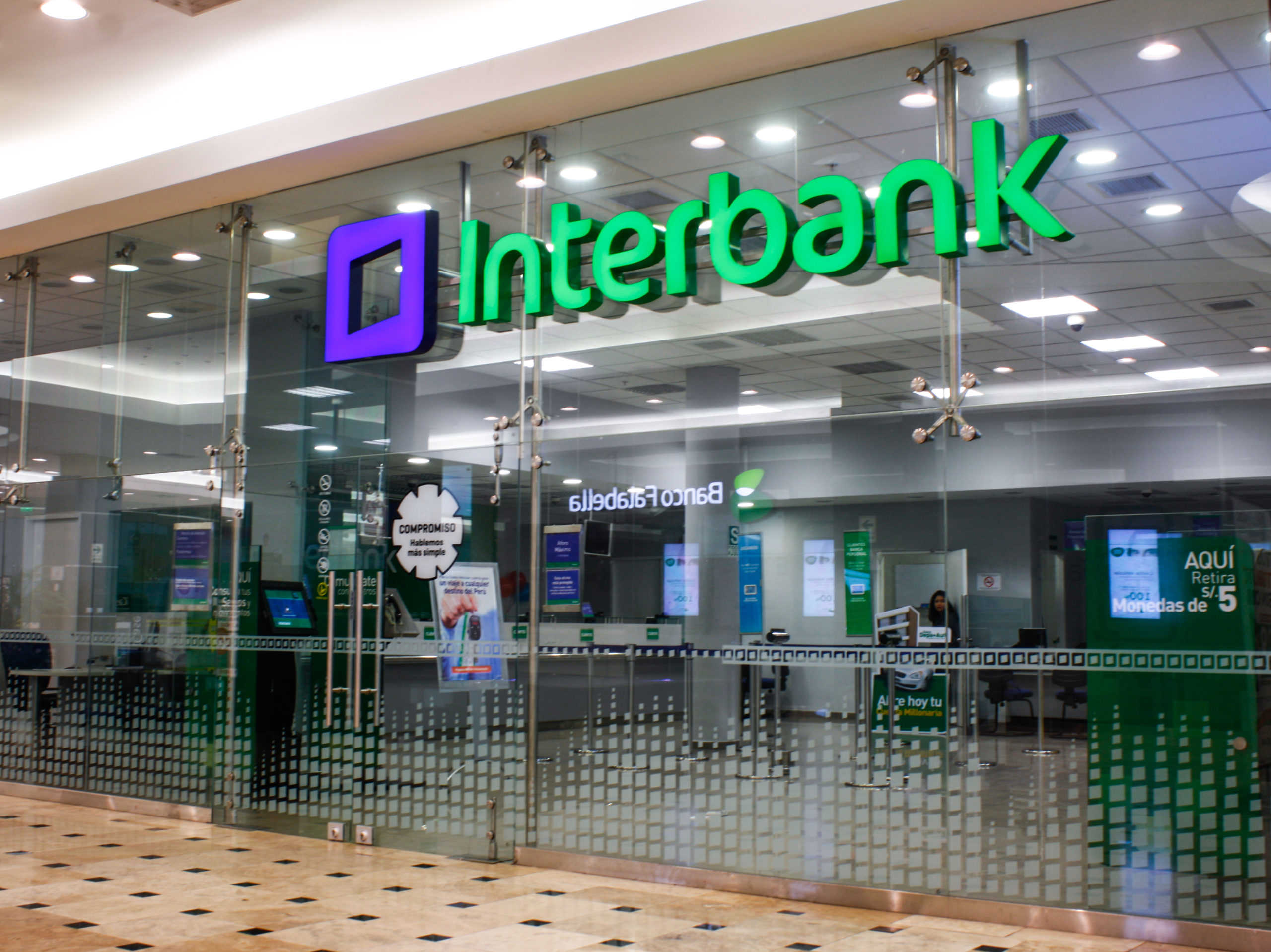Markets
Interbank Rates Rise as CBN Sells Treasury Bills, Dollars
Published
7 years agoon

- Interbank Rates Rise as CBN Sells Treasury Bills, Dollars
Nigeria’s interbank lending rate rose to around 20 per cent on Friday, from five per cent on Thursday, after the central bank sold treasury bills to mop-up excess liquidity and announced plans to sell dollars to businesses.
The interbank rate reflects the level of naira cash liquidity in the banking system.
The central bank said in a notice to commercial lenders on Friday it would sell dollars to manufacturers, airlines, fuel importers and agriculture businesses at a special auction to clear their backlog of foreign exchange obligations.
Traders said the auction and sales of treasury bills left some banks short of liquidity, forcing them to scramble for cash to pay for their purchases on the interbank market. That pushed up the cost of borrowing among lenders.
The central bank sold N86.25 billion worth of 365-day and 195-day treasury bills on Friday in a bid to reduce excess liquidity following the government’s distribution of debt refunds to some states on Monday.
According to Reuters, traders said some banks initially quoted as high as 50 per cent for overnight placement but this fell to around 15-20 per cent toward the market close.
“We expect the interbank rate to trend down further after results of the special forex auction are announced and more liquidity flows into the market,” one currency trader said.
Meanwhile, money market rates trended lower on all trading days of the week save for Friday on the back of higher system liquidity; thus, Open Buy Back (OBB) rates rose five per cent week-on-week to 14 per cent on Friday.
At the start of the week, OBB and overnight rate eased 2.8 percentage points apiece to close at 6.2 per cent and 6.9 per cent respectively (from 9% and 9.8% recorded the preceding Friday) owing to Paris Club loans repayment of N243 billion which hit the system late on Friday of the preceding week.
According to Afrinvest West Africa Limited, the CBN conducted Open Market Operations (OMO) auctions on the first two trading days to squeeze liquidity, selling N19.5 billion and N41.8 billion of OMO bills last Monday and Tuesday respectively, in addition to foreign exchange (FX) auctions last Monday, which had minimal impact on system liquidity.
Nonetheless, financial system liquidity further improved midweek on the back of a FAAC inflow of N462.36 billion; consequently, money market rates continued to moderate in subsequent sessions – OBB and overnight rates settled at 4.8 per cent and 5.3 per cent respectively on Wednesday and closed flat on Thursday as the impact of N97.4 billion OMO maturity was offset by debit for Wednesday’s treasury bills Primary Market Auction (PMA).
The CBN further mopped up N213.9 billion on Friday via an OMO auction, thus, OBB and overnight rates inched higher to 14 per cent and 14.9 per cent on Friday.
“The improved system liquidity at the start of the week triggered buying interest at the treasury bills market as rates trended lower across tenors on all trading days of the week,” Afrinvest West Africa Limited stated.
It revealed that average treasury bills rate closed 13 basis points lower at 18.1 per cent on Monday and the bullish sentiment was sustained till mid-week as rates trended 26 basis points lower despite treasury bills maturity of N97.9 billion and a rollover of N205 billion – implying a net-debit of N107.1 billion.
The CBN offered N36.8 billion of the 91-day, N39.2 billion of the N182-day and N129 billion of the 364-day instruments.
Expectedly, investors positioned at the longer end of the curve as all instruments were undersubscribed and under allotted save for the 364-day instrument.
The CBN allotted N32.4 billion of 91-day bills at stop rate of 13.4 per cent, N26.6 billion of 182-day at 17.4 per cent and N145.9 billion of 364-day at 18.5 per cent respectively. Average treasury bills rates across benchmark instrument settled at 17.6 per cent on Friday, down 62 basis points week-on-week.
“This week, there will be maturing treasury bills worth N65.032 billion viz: 364-day bills. We however anticipate limited impact of the maturities; hence, we expect some pressure on financial system liquidity and resultant increase in interbank rates,” analysts at Cowry Assets Management Limited stated.
On their part, Afrinvest anticipated that the CBN would continue its aggressive stance by way of OMO and foreign exchange auctions.
“Hence, we expect money market rates to be altered by liquidity dynamics,” they added.
Foreign Exchange
The currency market continued to witness consistent improvements in liquidity and rates convergence this week. The CBN also sustained its interventions at the interbank market via Wholesale and Retail SMIS which continued to boost liquidity and confidence in the economy. Last Monday, the central bank intervened in the foreign exchange market, selling $195 million in total – US$100 million to the wholesale segment, US$50 million to the small and medium enterprises (SMEs) segment and US$45 million allocated to the retail invisibles segment to cater for demand for business/personal travel allowances, school tuition, medical fee etc.
Against this backdrop, naira exchange rate at the official market appreciated three basis points to N305.80/$1 from the preceding week’s close of N305.90/$1.
Meanwhile, at the FMDQ NAFEX segment, a total of US$257 million was traded between Tuesday and Friday; yet, the currency depreciated 0.2 per cent week-on-week at the window to N365.33/$1 from N364.66/US$1 in the prior week.
Likewise, rate at the parallel market depreciated 0.8 per cent to N370/US$1.00 from the preceding Friday’s close of N367.00/US$1.00.
Also, at the FMDQ OTC Futures segment, the value of open contracts closed the week lower at US$2.2 million from the previous week’s close of US$2.8 billion owing to the naira/dollar JULY 2017 contract valued at US$657.6 million which matured during the week, Afrinvest disclosed.
In line with trend, the CBN replaced this maturing contract with the naira/dollar JULY 2018 instrument.
“However, in line with recent trend, we do not expect keen interest in the newly opened contracts. All contracts opened since May 2017 – following upward revision of prices – have received minimal interest.
“The NG/US JUN 2018 and NG/US JUL 2018 have received a total subscription of US$56.9 million and US$18.3 million respectively while the NG/US MAY 2017 has not attracted any subscription since the change in settlement exchange rate to NAFEX from NIFEX.
“We expect the stability in the FX market to be sustained in the short to medium term as the CBN continues its intervention in the spot and forward markets as well as the improvement in the NAFEX window,” they added.
Bond Market Review
According to Afrinvest, the lacklustre trend which had pervaded the activities in the domestic bond market was sustained last week with marginal movements in yields recorded through the week. At the start of the week, average yield across the bond yield curve declined to 16.7% (from 16.8% the preceding Friday) as the price appreciation in the JUL 2017 instrument was offset by impact of sell offs recorded in mid to long tenored bonds. This was reversed on Tuesday as sell offs were recorded across board while average yield climbed to 16.8%. However, sustained buy interest in the JUL 2017 and AUG 2017 instruments dictated performance for the rest of the week as average yield fell four basis points and 12 basis points on Wednesday and Thursday but stayed flat on Friday to eventually close the week at 16.7%, down 15 basis points week-on-week.
In the coming week, they predicted that the performance of the domestic bond market would be largely determined by deliberations from the Monetary Policy Committee which commences today.
Meanwhile, the report showed that the upbeat performance of the Sub-Saharan Africa Eurobonds from the preceding week, persisted last week as yield on all trading instruments declined week-on-week save for the GABON 2027 (+0.2%), SOUTH AFRICA 2019 (+2bps) and SOUTH AFRICA 2041 (+2bps).
“We attribute the sustained interest in SSA Eurobonds to statements from the US Fed which suggests that rate hikes may be implemented at a slower pace during the year. NIGERIA 2023 instrument is the best performing with a YTD gain of 6.7%.
“Across the Nigerian Corporate Eurobonds, performance for the week was mixed albeit more positive than negative. Yield across all trading instruments declined week-on-week save for the DIAMOND 2019 (+9bps), GUARANTY 2018 (+1bp) and UBA 2022 instrument which closed flat.
“The DIAMOND 2019 (+22.2%) and FBN 2021 (+20.1%) instruments remained the best performing year-to-date and we believe this is broadly tied to the attractive pricing of the instruments,” Afrinvest added.
Is the CEO and Founder of Investors King Limited. He is a seasoned foreign exchange research analyst and a published author on Yahoo Finance, Business Insider, Nasdaq, Entrepreneur.com, Investorplace, and other prominent platforms. With over two decades of experience in global financial markets, Olukoya is well-recognized in the industry.

You may like
-


Zhongshang Fucheng Moves to Auction Nigerian Properties in UK Following $70M Arbitration Award
-


Nigerians and Indians Lead UK Job Market Growth Amid Post-Brexit Migration Shifts
-


Violent Protests Erupt Across Nigeria, Leaving Six Dead and Many Injured
-


Nigerian President Tinubu Condemns Protest Plans Over Economic Woes
-


Nigeria to Suspend Import Levies on Food Crops to Ease Inflation Pressure
-


Nigeria Leads Africa in Private Equity Deals, Records $2.59 Billion in Q1 2024








